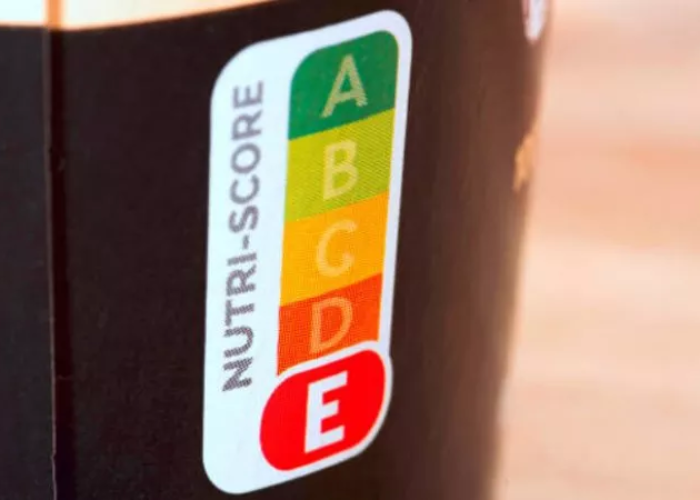Nutriscore changes the algorithm. To whose benefit?BY PIETRO PAGANINI
- 21 November 2023
- Posted by: Competere
- Category: Senza categoria

How would you react if a traffic light suddenly told you that you could no longer cross on a green light? This question, or rather, controversy, comes to mind with the news that the French company managing Nutriscore has decided to modify the reference algorithm.
The labeling system using a traffic light, known as Nutriscore, which some interest groups would like to see mandatory for all food products sold in Europe, has always been subject to criticism and skepticism. Those who defend it argue that it is an effective and quick information tool for consumers about foods that are good (labeled with a green A) or bad (red E). There are, of course, intermediate grades. Those against it claim exactly the opposite and especially assert the total lack of scientific reliability of the system. Labeling a food as good or bad is indeed simplistic. It makes more sense to formulate a calculation and reasoning in which food is related to the individual and certain parameters, such as age, health, and lifestyle.
LIMITS OF NUTRISCORE
Examples of the poor logic of Nutriscore have been given many times, but it is worth briefly reviewing them. Assigning the green A to one hundred grams – the standard measure for the algorithm calculation – of lettuce and the red D to one hundred grams of olive oil makes no sense. Consuming one hundred grams of oil in a day is not plausible. While eating only one hundred grams of lettuce, because the green A leads me to believe it is a good food, is not inherently healthy. A diet is healthy if it is varied. This should always be remembered.
Beyond the debate – the issue of labeling is, after all, a global matter aimed at finding a solution for proper nutrition – the modification of the algorithm disrupts the situation for those who have supported it so far.
FROM A TO C: HOW THE ALGORITHM CHANGES
According to some calculations, many products undergo a sudden downgrade, from A to C or from C to D. In practice, foods classified not too long ago as healthy are now being restricted. It is a semantic upheaval or, even worse, a free interpretation of it. The algorithm, initially intended as an unquestionable mathematical process, now morphs into a kind of fluid and deformable database on demand. At the risk of sounding conspiratorial, one might wonder to whose benefit.
Why have some products that have been touted, so far, as suitable for unlimited consumption (green A), now been evaluated as barely passable (yellow C)?
THE DUAL PROBLEM OF WHAT IS HAPPENING:
- By assigning A to particularly calorie-rich products or those with a high content of “nutrients of concern,” Nutriscore has harmed the health of consumers, leading them to poor moderation;
- Many companies that have been heavily damaged by the red labels certifying those products as harmful to health are now labeled with green or yellow. The competitive damage to them has been enormous. And now – paradoxically – there is a risk that, to clear inventory, some companies will put the same product on the market but with different labels. Consequently, imagine the reaction of a mother facing a package of chocolate-covered oat flakes, excellent for her children’s breakfast until yesterday, now classified almost as a toxic substance.
NUTRISCORE: BETWEEN HEALTH, MARKETING, AND SCIENTIFIC DOUBTS
There is a health problem, as well as a commercial fairness issue. Both are elements that Nutriscore managers have always led us to believe were not open to discussion.
On the contrary, what has happened requires Nutriscore to be framed for what it is: a health claim. A kind of “organic” label, visually appealing but entirely misleading in terms of information.
It is no coincidence that its dossier has stalled in the EU Commission. Despite the inclination to accelerate sustainability policies – environmental, social, and health-related – often imposed from above and thus imposed on EU citizens, even Brussels knows that there are limits that cannot be exceeded. Foremost among them is the debatability of mathematical processes and science.
.
Article published in Italian on Huffington Post >>>
Image credits: courtesy of Ansa >>>
